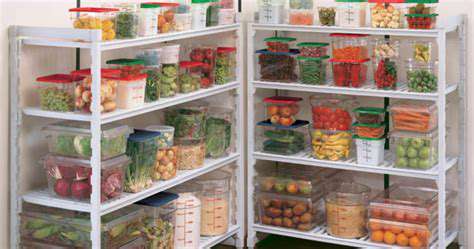Best Pizza Stones for Homemade Pizza
Understanding the Benefits of Using a Pizza Stone
Pizza stones have become indispensable for home chefs aiming to replicate that perfect restaurant-style crust. Their ability to absorb and radiate heat evenly transforms ordinary dough into a crispy, golden masterpiece. Unlike flimsy baking sheets, these stones act as thermal reservoirs, maintaining steady temperatures to prevent soggy bottoms—a frequent frustration with conventional pans. The difference in texture and flavor is night and day, turning amateur bakes into professional-grade pies.
The magic doesn't stop at the crust. Stones create a microclimate where cheese achieves ideal meltiness while toppings cook uniformly, avoiding the dreaded raw center, burnt edges scenario. This thermal consistency ensures every slice delivers balanced flavors and textures from edge to center.
Choosing the Right Pizza Stone for Your Needs
Selecting your ideal stone requires considering three key factors: oven dimensions, baking frequency, and material properties. For apartment dwellers with compact ovens, a 12-inch ceramic stone might be perfect, while serious pizza enthusiasts with full-size ranges should consider 16-inch cordierite models. Material choice dramatically impacts performance—high-density ceramics offer superior heat retention, while thinner stones heat faster but lose temperature quickly during loading.
Thickness plays a crucial role too. A 0.75-inch stone maintains temperature better when loading multiple pizzas, while a 0.5-inch version might suffice for occasional use. Always verify the stone's maximum temperature rating matches your oven's capabilities to prevent thermal shock damage.
Preparing Your Pizza Stone for Optimal Results
The secret to stone success lies in proper thermal conditioning. Always preheat your stone gradually—start with a cold oven and allow 45-60 minutes for the stone to reach equilibrium temperature. This slow heating prevents microfractures that compromise longevity. For electric ovens, position the stone in the lower third; gas oven users should place it nearer the flame for optimal bottom browning.
When loading your pizza, use a well-floured peel or parchment paper to prevent sticking. Pro tip: Give the peel a gentle shake before transferring to ensure the pizza slides freely. Never place refrigerated dough directly on the hot surface—the temperature differential can cause cracking.
Maintaining Your Pizza Stone for Long-Term Use
Post-baking care extends your stone's lifespan significantly. After turning off the oven, leave the stone inside to cool gradually—rapid temperature changes are its worst enemy. For cleaning, avoid soap which can penetrate porous surfaces and create off-flavors. Instead, use a stiff brush to remove debris while the stone is still warm (but not scorching hot).
Storage matters too. Keep your stone in the oven permanently if space allows—this protects it from accidental bumps and maintains oven temperature stability. For separate storage, wrap in breathable fabric to prevent moisture absorption that could lead to cracking during subsequent heating.
Ceramic Pizza Stones: A Budget-Friendly Option

Choosing the Right Size
When space is limited, measure your oven's interior carefully before purchasing. Leave at least 2 inches clearance on all sides for proper air circulation—crowded stones create hot spots and uneven cooking. For versatility, consider rectangular stones that accommodate both round pizzas and artisan breads.
Understanding Material Composition
Premium ceramic stones blend kaolin clay with quartz and feldspar, creating microscopic air pockets that store heat efficiently. This unique structure mimics traditional brick ovens, absorbing moisture from dough while radiating infrared heat for superior browning. Cheaper alternatives often use porous earthenware that cracks under high heat.
Maintaining Even Heat Distribution
The best ceramic stones employ gradient density—thicker edges prevent heat loss while slightly thinner centers promote quick recovery after loading. Look for stones with textured cooking surfaces that create micro-airflow beneath the crust, preventing steam buildup that leads to sogginess.
Preheating and Use Instructions
Forget the 30-minute myth—serious pizzaiolos preheat for 90 minutes minimum. Use an infrared thermometer to verify surface temps reach at least 450°F before baking. When loading, work quickly to minimize heat loss—practice your transfer technique with cheap dough first.
Cleaning and Maintenance Tips
Stubborn cheese spills? Sprinkle coarse salt while warm and scrub with a dry brush—the abrasive action lifts debris without water damage. Never submerge ceramic stones—absorbed water turns to steam during next use, potentially causing explosive cracking.
Budget-Friendly Alternatives
For true economy, unglazed quarry tiles from hardware stores work surprisingly well. Ensure they're lead-free and rated for food use—standard patio pavers may contain harmful chemicals. Arrange multiple 6x6 tiles with slight gaps for expansion, creating a customizable cooking surface at a fraction of branded stone costs.
Mastering pizza stone use mirrors scientific experimentation—each variable (preheat time, dough hydration, stone position) affects outcomes. Document your adjustments systematically to replicate successful bakes consistently.
Stone Pizza Stones: The Classic Choice
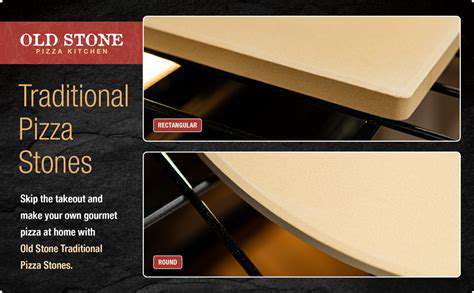
Choosing the Right Material
Cordierite stones reign supreme for thermal shock resistance, surviving repeated 700°F cycles without cracking. Soapstone offers unparalleled heat retention but requires seasoning like cast iron. Avoid composite stones with resin binders—they off-gas at high temperatures.
Preheating for Optimal Results
Stone thickness dictates preheat duration—allow 10 minutes per 0.25 inch of thickness. Place an empty baking sheet on the rack below to deflect direct heat in gas ovens, preventing scorched crusts. Rotate pizzas 180° halfway through baking for even coloration.
Pizza Dough Preparation
Cold fermentation (24-72 hour rise) develops superior flavor and structure. Bring dough to room temperature before shaping—cold dough resists stretching and creates uneven thickness. For extra crispness, dust the peel with semolina instead of flour—it won't burn as easily.
Maintaining the Stone
Season your stone like cast iron—after cleaning, rub with food-grade mineral oil and heat to 400°F for 30 minutes. This fills microscopic pores, preventing sticky dough and making cleanup easier. Re-season monthly with heavy use.
Storage and Safety Precautions
Store stones wrapped in cotton inside cardboard boxes—plastic traps moisture. Always handle with two hands when hot—their weight makes accidental drops likely. Keep a baking steel nearby as backup—stones can fail catastrophically after years of use.
Different Pizza Styles and Considerations
Neapolitan pies need 900°F+ temps—consider a dedicated baking steel for authentic char. For deep dish, preheat the stone, then assemble pizza directly on it—the preheated surface jumpstarts crust formation. Grill users should opt for rectangular stones that span burners evenly.
Read more about Best Pizza Stones for Homemade Pizza
Hot Recommendations
- Traditional Foods for Day of the Dead
- Food Etiquette in Italy: Pasta Rules!
- Best Family Friendly Restaurants with Play Areas in [City]
- Review: The Best [Specific Dessert] Place in [City]
- Top Ice Cream Parlors in [City]
- Traditional Foods for Halloween
- The History of the Potato in Ireland
- Best Vegan Pizza Joints in [City] [2025]
- Best Bakeries for Sourdough Bread in [City]
- Food Culture in Argentina: Asado and Wine

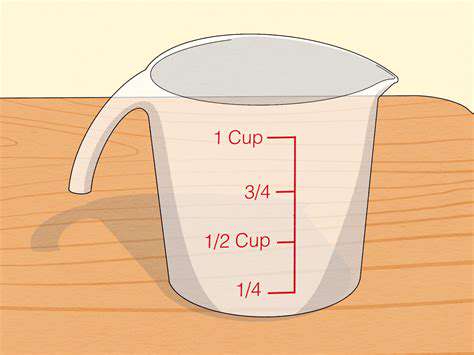
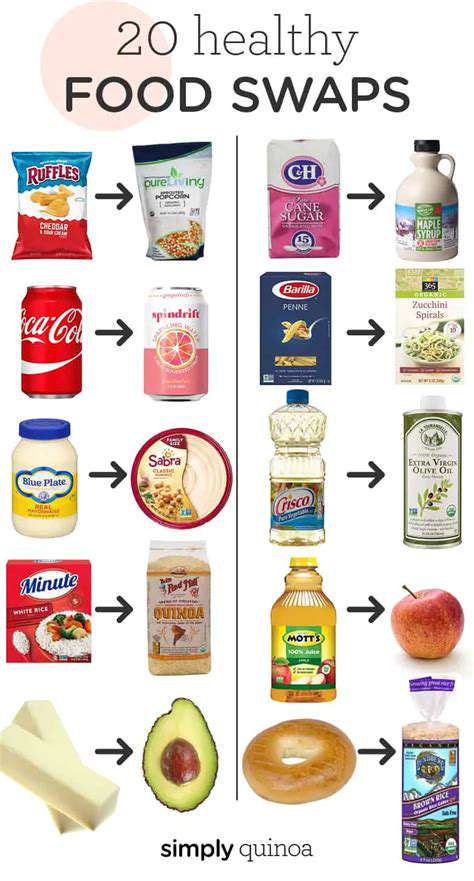

![Healthy Eating for Toddlers [Tips & Recipes]](/static/images/28/2025-05/FruitandVeggieFun.jpg)
![Review: A Themed Restaurant Experience in [City]](/static/images/28/2025-05/ASymphonyofFlavors3ATheMenu.jpg)
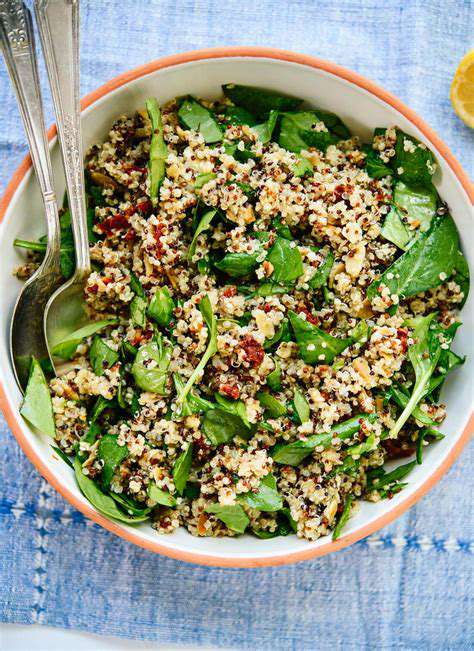



![Review: The [Specific Brand] Immersion Blender](/static/images/28/2025-05/EaseofUseandCleaning3AAPracticalAssessment.jpg)
